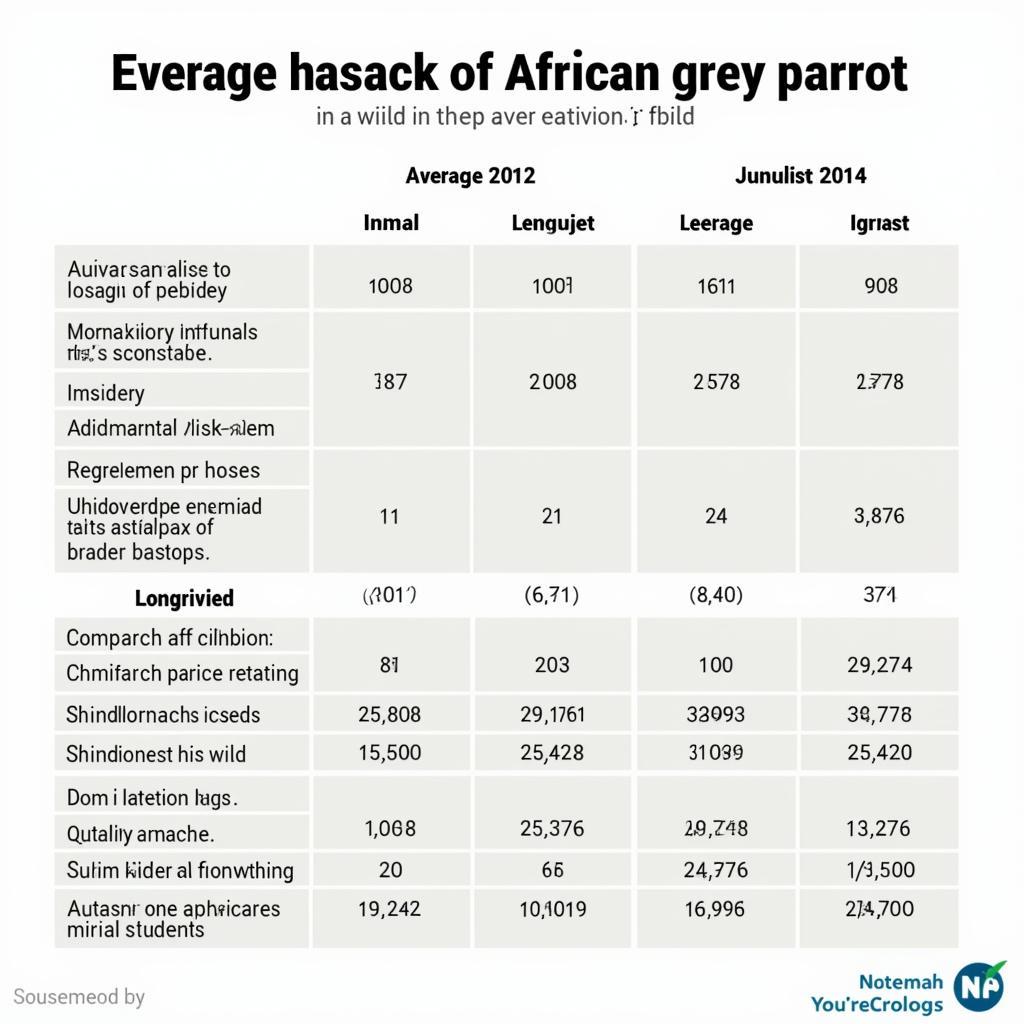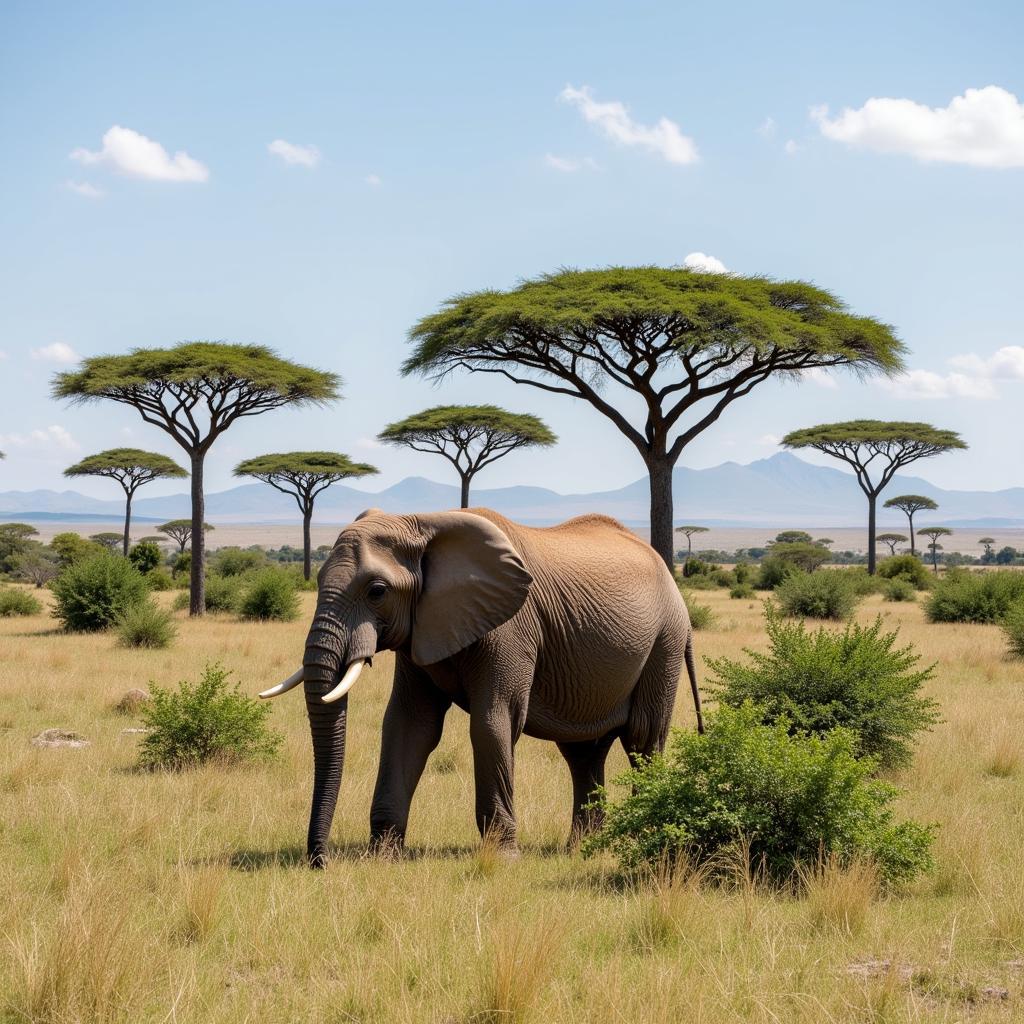Exploring the Vibrant World of African Cichlids: Lake Malawi Species
Lake Malawi, a jewel of the African Rift Valley, boasts an astonishing array of life. Among its most captivating inhabitants are the African cichlids, a diverse group of fish renowned for their vibrant colors and fascinating behaviors. This article delves into the captivating world of these unique fish, focusing specifically on the remarkable species endemic to Lake Malawi.
A Cichlid Paradise: Why Lake Malawi?
African cichlids are found in several lakes across the continent, but Lake Malawi stands out for its unparalleled cichlid diversity. Scientists estimate that over 1,000 cichlid species, many yet to be formally described, call this lake home. This incredible variety stems from a unique combination of factors:
- Ancient Origins: Lake Malawi is one of the oldest lakes in the world, estimated to have formed millions of years ago. This vast timescale provided ample opportunity for cichlid populations to evolve and diversify.
- Environmental Diversity: From sandy shores to rocky reefs, Lake Malawi offers a diverse range of habitats. This variety has driven the evolution of cichlids with specialized adaptations for different environments and feeding strategies.
- Geographic Isolation: Lake Malawi’s isolation has prevented the introduction of many other fish species, reducing competition and allowing cichlids to flourish and diversify into a multitude of ecological niches.
A Rainbow Beneath the Waves: Lake Malawi Cichlid Types
The sheer diversity of Lake Malawi cichlids is astounding. From the striking blue hues of the “Electric Blue Ahli” (Sciaenochromis fryeri) to the vibrant yellows and oranges of the “Marmalade Cat” (Labidochromis caeruleus), these fish display an unbelievable spectrum of colors and patterns. Broadly, Lake Malawi cichlids can be categorized by their feeding habits, which often dictate their morphology and behavior:
- Mbuna: These rock-dwelling cichlids, whose name means “rockfish” in the local Tonga language, are known for their territoriality and vibrant colors. They graze on algae and other organisms found on rocks. Examples include the colorful “Pseudotropheus saulosi” and the striking “Melanochromis johannii”. You can learn more about [African cichlids mbuna types] on our dedicated page.
- Haps: These open-water predators, short for “Haplochromis”, are generally larger than mbuna. They are skilled hunters, often ambushing smaller fish. Examples include the impressive “Nimbochromis livingstonii” with its elongated snout and the “Champsochromis spilonotus”, known for its predatory prowess.
- Peacocks: A group of colorful, generally peaceful haps, “peacocks” are known for their elaborate fin displays, particularly during courtship. The “Aulonocara jacobfreibergi” with its intricate blue markings is a prime example of these captivating fish.
Recreating a Piece of the Lake: Setting Up a Lake Malawi Cichlid Aquarium
For enthusiasts captivated by these vibrant fish, setting up a Lake Malawi cichlid aquarium offers a window into this fascinating underwater world. Successfully recreating a slice of Lake Malawi in your home requires careful planning and consideration:
- Tank Size Matters: Lake Malawi cichlids, particularly the larger haps, require ample swimming space. A tank of at least 55 gallons is recommended for a community tank, while larger tanks are necessary for species-specific setups. If you’re interested in learning more about tank setups, check out our guide on [African cichlid tank setup].
- Mimicking the Natural Environment: A sandy substrate with rock formations and caves replicates the natural habitat of these cichlids. Live plants are generally not recommended as many Lake Malawi cichlids are herbivorous and will readily consume them.
- Water Chemistry is Key: Lake Malawi’s water is alkaline and hard. Maintaining similar water parameters in the aquarium is crucial for the health and well-being of your cichlids.
- Choosing Tank Mates Wisely: While some cichlid species can be aggressive, especially the territorial mbuna, peaceful community tanks are achievable with careful selection and ample space. It’s crucial to research compatible species and consider their adult size and temperament.
A Legacy of Wonder: Conserving Lake Malawi’s Cichlids
While Lake Malawi’s cichlids display remarkable resilience, they face increasing threats, including habitat degradation, pollution, and overfishing. Protecting this unique ecosystem and its cichlid diversity is paramount. Conservation efforts include promoting sustainable fishing practices, establishing protected areas, and raising awareness about the importance of preserving this natural treasure for future generations. If you’re interested in learning more about the incredible diversity of African cichlids beyond Lake Malawi, you can explore our article on [African cichlids from the rift lakes].
Conclusion
From the dazzling array of colors to their fascinating behaviors, Lake Malawi’s cichlids offer a captivating glimpse into the wonders of African aquatic life. Whether you’re an experienced aquarist or simply fascinated by the natural world, these unique fish are sure to captivate your imagination. By understanding their needs and respecting their natural environment, we can help ensure that these jewels of Lake Malawi continue to thrive for generations to come.
FAQs about Lake Malawi Cichlids
1. Are Lake Malawi cichlids difficult to keep in an aquarium?
While Lake Malawi cichlids are not considered overly difficult to keep, they do have specific water parameter and dietary needs. Proper research and a commitment to maintaining a suitable environment are essential for their well-being.
2. What do Lake Malawi cichlids eat?
Lake Malawi cichlids have diverse diets. Mbuna primarily graze on algae, while haps are carnivorous, feeding on smaller fish and invertebrates. A varied diet tailored to their specific needs is crucial.
3. Can I keep different types of Lake Malawi cichlids together?
While some cichlid species can co-exist peacefully, careful selection is key. Mbuna, known for their territoriality, require careful consideration when choosing tank mates. Researching compatible species and providing ample space is crucial.
4. Where can I find reputable breeders or sellers of Lake Malawi cichlids?
Reputable aquarium stores and online cichlid breeders are good sources for sourcing healthy fish. Researching breeders and asking for recommendations from experienced aquarists can help ensure you acquire healthy, ethically sourced cichlids. If you’re in Washington state, we have a dedicated page for [African cichlids for sale in Washington state].
5. What are some signs of a healthy Lake Malawi cichlid?
Healthy cichlids display vibrant colors, clear eyes, and active swimming behavior. They should readily accept food and exhibit no signs of disease or injury.
Need More Information?
Explore our other fascinating articles about African lakes:
- [African lakes trivia]
Contact us for personalized support!
Phone: +255768904061
Email: kaka.mag@gmail.com
Visit us: Mbarali DC Mawindi, Kangaga, Tanzania.
Our customer service team is available 24/7 to assist you.


